SOURCE: IDRW.ORG TEAM
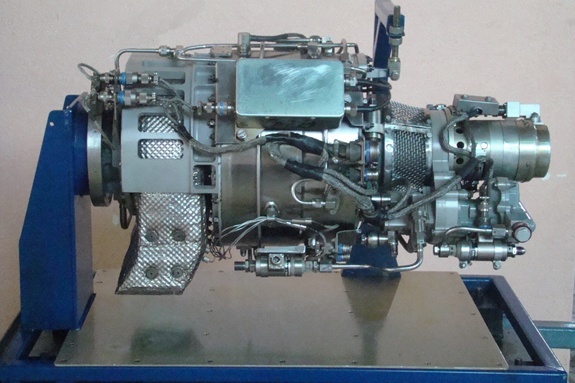

In a significant push towards self-reliance in critical defence technologies, Hindustan Aeronautics Limited (HAL) and Aeronautical Development Establishment (ADE) have joined forces to design and develop an indigenized variant of the GTSU-110M2 jet fuel starter. This upgraded starter will be specifically tailored for the Kaveri dry engine, a crucial component of the RPSA (Ghatak) fighter aircraft program.
The current GTSU-110M2 is a 110 kW power turbo shaft engine that serves as the jet fuel starter for the Light Combat Aircraft (LCA) Tejas. This collaboration between HAL and ADE aims to leverage the expertise gained from the GTSU-110M2 program to create a more advanced variant specifically optimized for the Kaveri engine’s unique requirements.
Continue readingSOURCE: IDRW.ORG TEAM


In a resounding victory for Indian innovation, Whizbee Technologies has emerged as the champion of the Defence India Start-up Challenge (DISC 9). Their solutions for secure data transfer in air-gapped networks and a browser plug-in to detect phishing emails impressed judges, earning them the opportunity to co-create with the Indian Defence and contribute to safeguarding national security.
This triumph comes at a crucial juncture, as the digital landscape undergoes rapid transformation. With cybersecurity threats and challenges no longer confined to the digital realm, they have become paramount concerns for national security. The Ministry of Defence (MoD), recognizing the gravity of the situation, actively seeks to harness cutting-edge technologies and foster innovation and R&D within India’s cyber domain.
Continue readingSOURCE: RAUNAK KUNDE / NEWS BEAT / IDRW.ORG
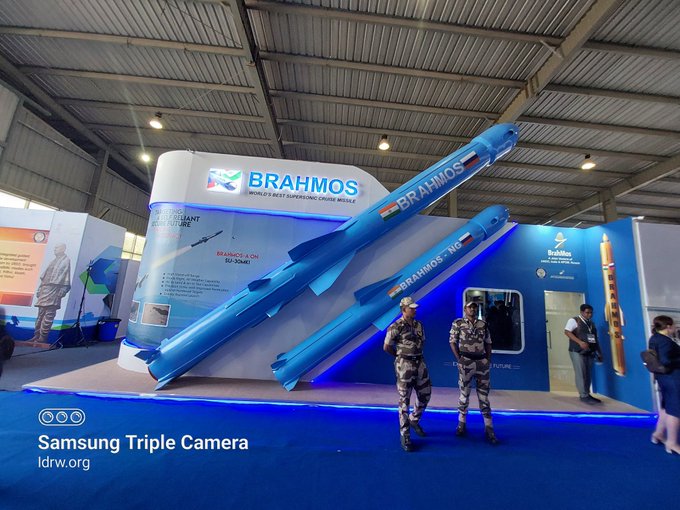

The next-generation BrahMos cruise missile, a joint project between Russia and India, is set for its first test flights by the end of 2025, according to Praveen Pathak, General Manager for Market Promotion & Export at BrahMos Aerospace.
Speaking at the World Defense Show in Riyadh, Pathak revealed that the development of BrahMos-NG is progressing smoothly, with production of flight test prototypes running parallel to the construction of a dedicated production plant. This facility is expected to begin operations in late 2025 or early 2026.
Continue readingSOURCE: RAUNAK KUNDE / NEWS BEAT / IDRW.ORG
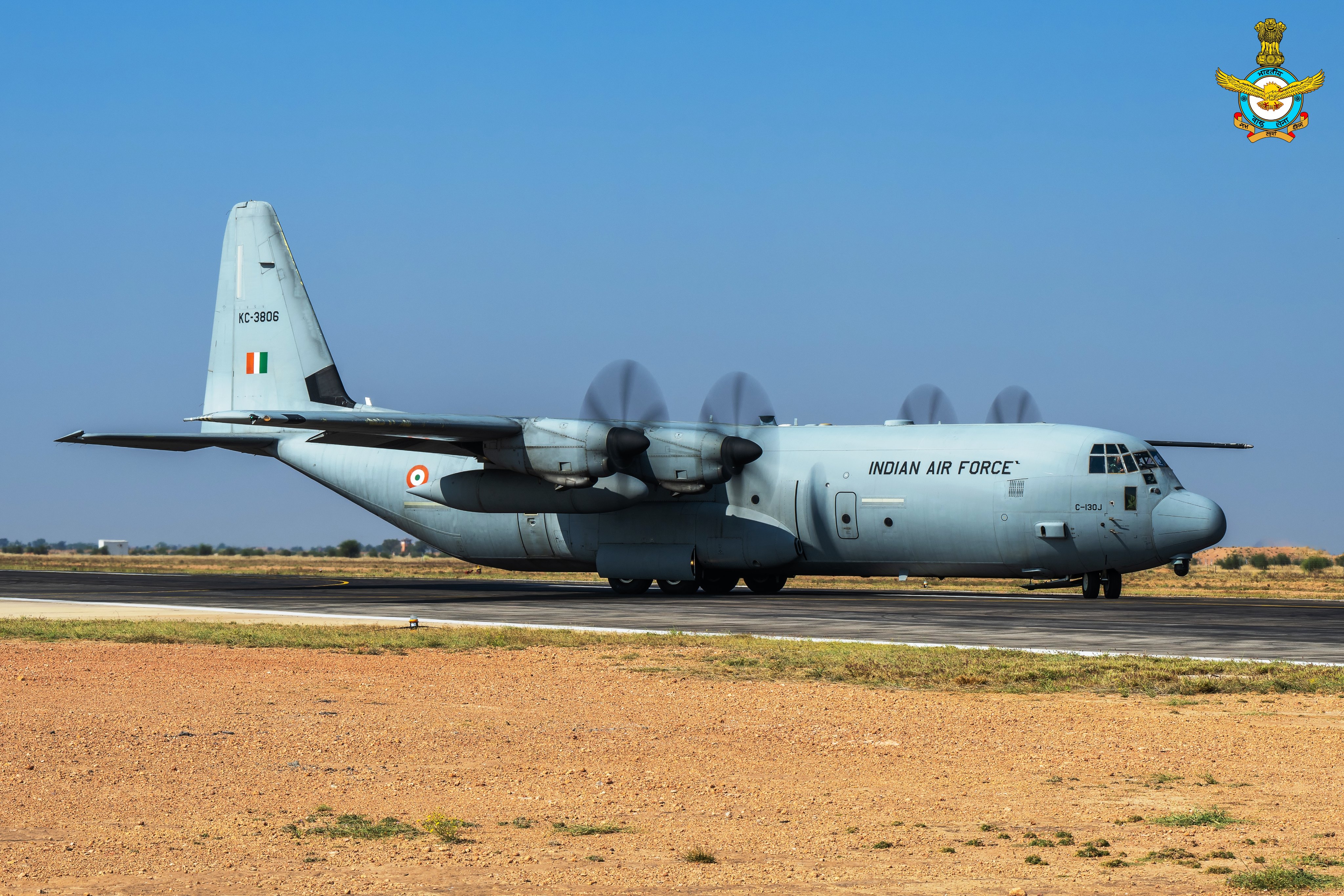

In a bid to secure the Indian Air Force’s (IAF) Medium Transport Aircraft (MTA) contract, Lockheed Martin has unveiled a strategy that emphasizes increased Indian content and a focus on the Indo-Pacific market. This move aims to address India’s Make in India initiative and potentially sway the decision in favour of the C-130J Super Hercules turboprop airlifter.
Lockheed Martin has committed to significantly increasing the supply of C-130J components manufactured in India. This includes expanding the role of Tata Lockheed Martin Aerostructures Ltd, the sole supplier of the aircraft’s tail structure (empennages). The Indian plant will not only cater to the 80 MTAs for the IAF but also serve as a manufacturing hub for the Indo-Pacific region, where many countries still operate older C-130 variants and are looking to upgrade.
Continue readingSOURCE: RAUNAK KUNDE / NEWS BEAT / IDRW.ORG


The Indian Air Force’s MiG-29K fighter jets are about to undergo a significant transformation, thanks to a new locally-developed mission computer and a host of Indian weapons systems. Hindustan Aeronautics Limited (HAL), India’s state-owned aerospace and defence behemoth, has successfully tested the new mission computer and is now gearing up for phase upgrades of the entire MiG-29K fleet.
The new mission computer, a crucial element of the upgrade, is the key to unlocking the integration of Indian weapons systems onto the MiG-29K. Previously, the aircraft’s dependence on Russian technology limited its armament options. With the new system, the Indian Air Force can finally equip its MiG-29Ks with a formidable arsenal of locally developed and proven weaponry.
Continue readingSOURCE: RAUNAK KUNDE / NEWS BEAT / IDRW.ORG
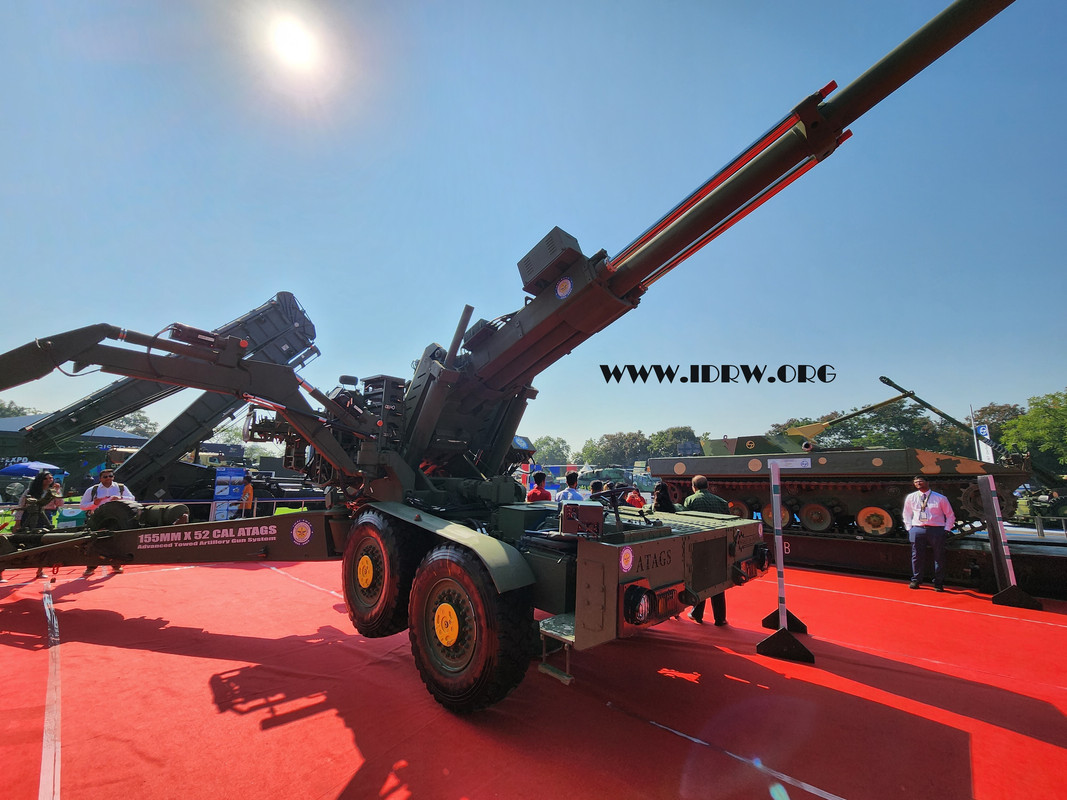

The Indian Army, taking cues from the lessons learned in the ongoing Ukraine war, is prioritizing the development of a highly mobile and lethal artillery system known as the Towed Gun System (TGS). This decision comes on the heels of the Army receiving an Acceptance of Necessity (AoN) for the project from the Defence Acquisition Council (DAC).
One of the key takeaways from the war in Ukraine is the critical importance of rapid artillery displacement. Defence experts have highlighted the vulnerability of towed artillery that takes more than 10-15 minutes to set up and relocate. In a modern battlefield with drones and counter-battery fire, such sluggishness can prove fatal.
Continue readingSOURCE: RAUNAK KUNDE / NEWS BEAT / IDRW.ORG


IIT Madras, a leading Indian institute of technology, and Munitions India Limited (MIL), a defense public sector enterprise, have joined forces to develop India’s first indigenously designed 155mm smart ammunition. This landmark collaboration marks a significant step towards self-reliance in India’s defense sector.
The primary objective of this project is to significantly enhance the accuracy of the 155mm shell. The smart ammunition aims to achieve a circular error probable (CEP) of 10 meters, a drastic improvement compared to traditional rounds. This precision will be achieved through guidance by ISRO’s NavIC satellites, offering a staggering 50 times improvement in accuracy.
Continue readingSOURCE: RAUNAK KUNDE / NEWS BEAT / IDRW.ORG
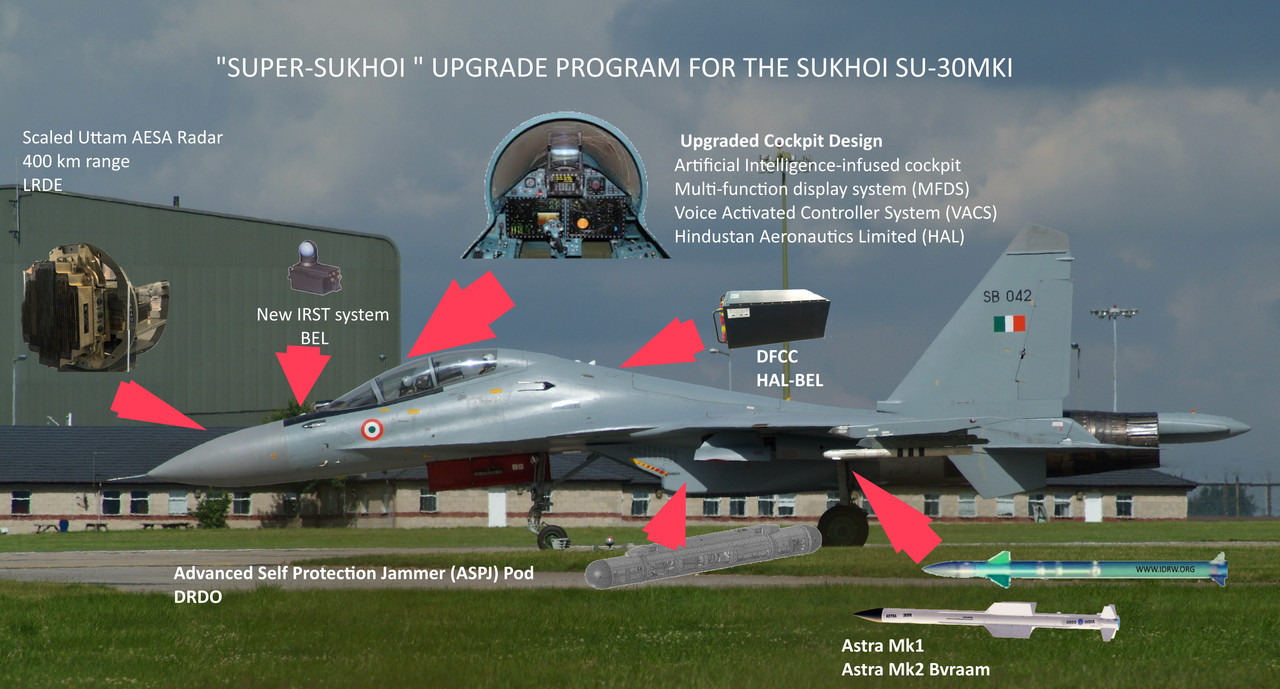

Hindustan Aeronautics Limited (HAL), India’s state-owned aerospace and defence behemoth, has unveiled a three-phase plan to revamp the Indian Air Force’s (IAF) formidable Sukhoi-30MKI fighter fleet. This strategic approach balances the IAF’s critical need for operational fighter jets with the cost and time constraints of such a massive upgrade program.
With over 250 Sukhoi-30MKIs in its arsenal, the IAF relies heavily on these versatile fighter jets for air dominance and strike missions. Recognizing the need to keep this fleet modern and combat-ready, HAL has devised a phased upgrade program, prioritizing older aircraft first.
Continue readingSOURCE: IDRW.ORG TEAM
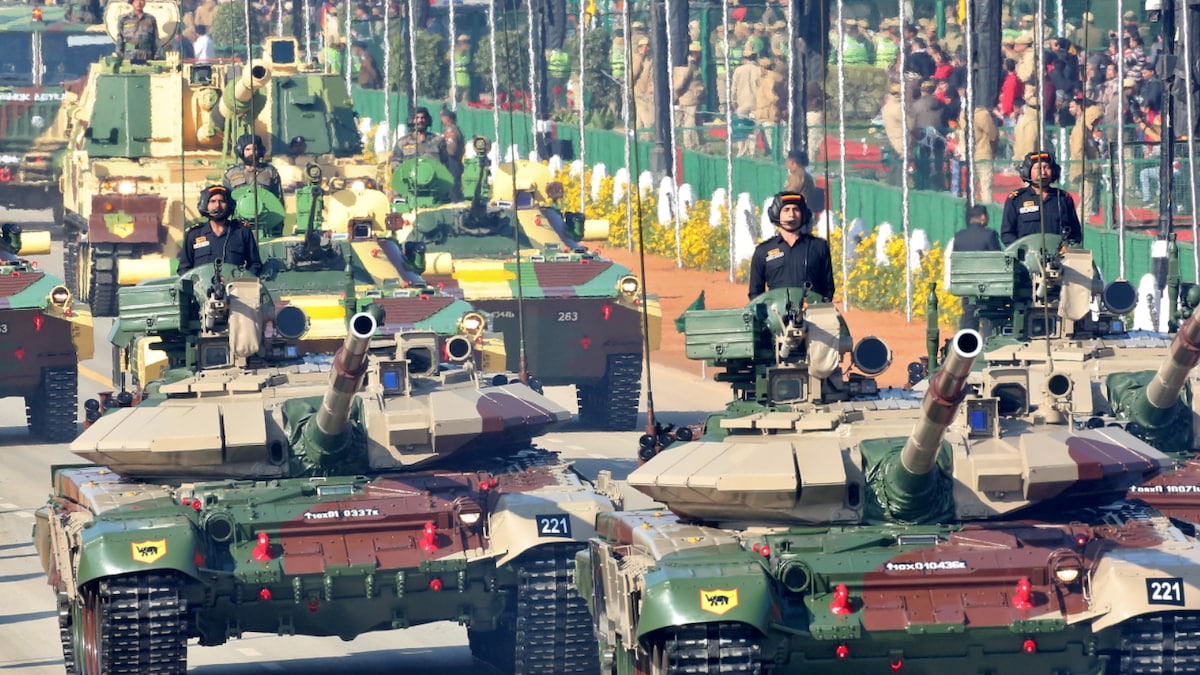

A tug-of-war is brewing between the Indian Armed Forces and the Ministry of Defence (MoD) over the continuation of emergency procurement powers granted after the 2016 Uri attack. These powers were designed to bypass the notoriously slow bureaucratic process and expedite critical acquisitions amid heightened security concerns.
The Army, Navy, and Air Force argue that emergency procurement has been crucial in plugging critical capability gaps and ensuring operational readiness, particularly along the volatile borders. They highlight the streamlined procedures, faster decision-making, and flexibility in choosing vendors as key advantages. Recent deals for Light Specialist Armoured Vehicles and anti-drone systems are cited as successes facilitated by these powers.
Continue readingSOURCE: IDRW.ORG TEAM


In a major boost for India’s burgeoning space technology sector, iDEX (Innovation for Defence Excellence) has awarded the coveted DSIC 8 Challenge to SISIR Radar. Their winning proposal? A revolutionary duo of technologies – an L/P band Continuous Wave SAR payload and an Origami-based unfurlable antenna – both designed for use in Low Earth Orbit (LEO) small satellites.
The L/P band Continuous Wave SAR payload promises to be a game-changer in satellite radar technology. This powerful system can penetrate obstacles like clouds, rain, and foliage, providing unparalleled all-weather, day-and-night Earth observation capabilities. This opens up a vast array of potential applications, from disaster management and weather forecasting to resource exploration and maritime surveillance.
Continue readingSOURCE: RAUNAK KUNDE / NEWS BEAT / IDRW.ORG
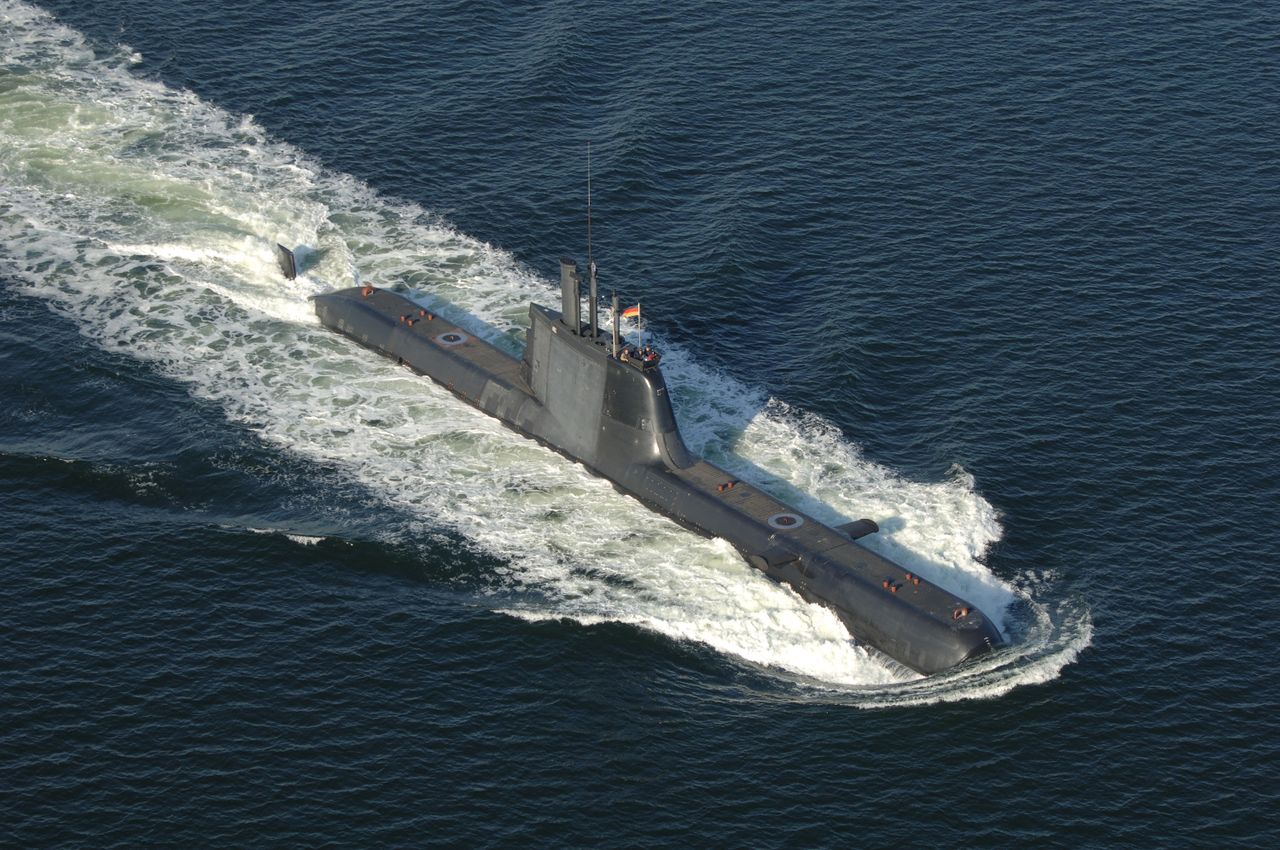

Amidst a sluggish pace in India’s Project-75I tender for six conventional diesel submarines, German defence giant Thyssenkrupp Marine Systems (TKMS) has made a bold move. German officials, during a recent visit to India, presented a comprehensive roadmap for a direct government-to-government (G2G) sale of their advanced U-214/212 submarines. This comes as a potential alternative to the tender process, which is expected to take a significant 3-5 years to finalize.
India’s Project-75I tender has attracted two major contenders: TKMS from Germany and Navantia from Spain. Both companies have offered their latest submarines equipped with next-generation Air Independent Propulsion (AIP) systems and lithium-ion battery technology, promising extended underwater endurance – a crucial factor for Indian naval operations. However, while Navantia is participating in the tender process, TKMS is pushing for a quicker and potentially more lucrative G2G deal.
Continue readingSOURCE: RAUNAK KUNDE / NEWS BEAT / IDRW.ORG
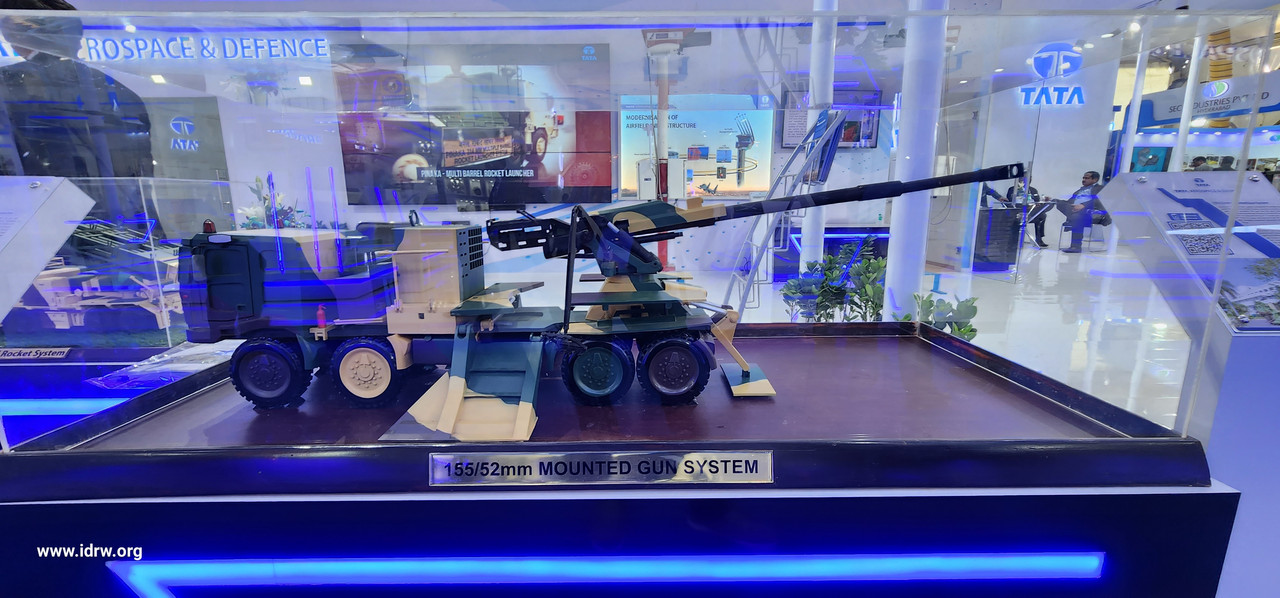

Tata Advanced Systems has thrown its hat into the ring for the Indian Army’s requirement of 814 Mounted Gun Systems (MGS) by offering its own 155mm/52 calibre mounted gun system. This move adds another contender to the competition, potentially heating the race for this major defence contract.
Tata’s offering differs from the Advanced Towed Artillery Gun System (ATAGS) being jointly developed by DRDO and Kalyani Strategic Systems. Instead of basing its system on the ATAGS, Tata’s gun draws inspiration from Denel’s 155mm T5-52 Self-Propelled Howitzer. However, it will be mounted on a locally developed Tata 8×8 high-mobility vehicle.
Continue readingSOURCE: RAUNAK KUNDE / NEWS BEAT / IDRW.ORG


Get ready for the next evolution of supersonic destruction! DRDO’s BrahMos Corporation is revving up development on the BrahMos-NG (Next Generation) missile, promising a multi-platform powerhouse with enhanced capabilities across air, land, and sea.
Leading the charge is the Air Launched Cruise Missile (ALCM) variant, poised to arm India’s fighter jets – LCA-Tejas Mk1A, Tejas MkII, Su-30MKI, and Mig-29K. Imagine the agility and firepower these platforms will gain, unleashing deadly strikes from beyond enemy radar range.
Continue readingSOURCE: IDRW.ORG TEAM
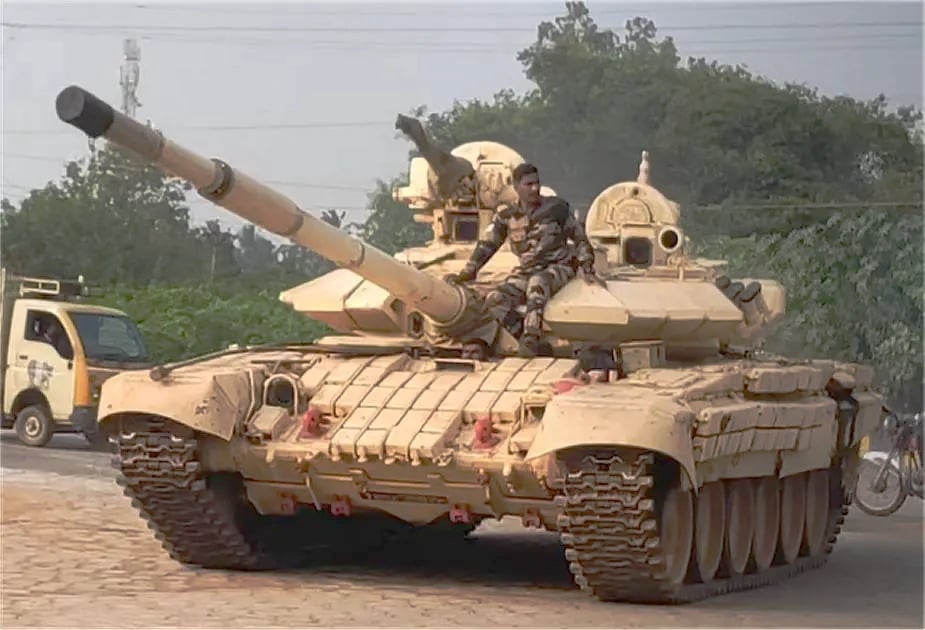

Sensing an opportunity after Russia’s T-72 struggles in Ukraine, India has unveiled the Atharva, a hybrid tank merging the T-72 chassis with the T-90’s more powerful turret. This upgrade boosts firepower, armor, and situational awareness, potentially addressing concerns raised by the war.
The T-90 turret brings increased firepower, thicker armor, and improved situational awareness, making the Atharva a more formidable opponent. India could offer this modernization package to other T-72 users seeking to revitalize their fleets without replacing them entirely.
Continue readingSOURCE: IDRW.ORG TEAM


The 2nd India-Kenya Defence Exhibition & Seminar was held in Nairobi from January 30-31, 2024. The event was co-organized by the Kenyan Defence Forces (KDF) and the High Commission of India (HCI). Kenyan Defence Minister, Hon. Aden Duale, EGH, and Vice Chief of Defence Forces, KDF Lt. Gen J Mwangi, were among the attendees.
More than 21 Indian defence manufacturers showcased their products at the event, including armored vehicles, weapons, and ammunition. Indian companies also gave live demonstrations of their latest technologies.
Continue reading